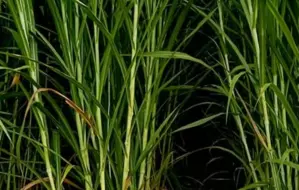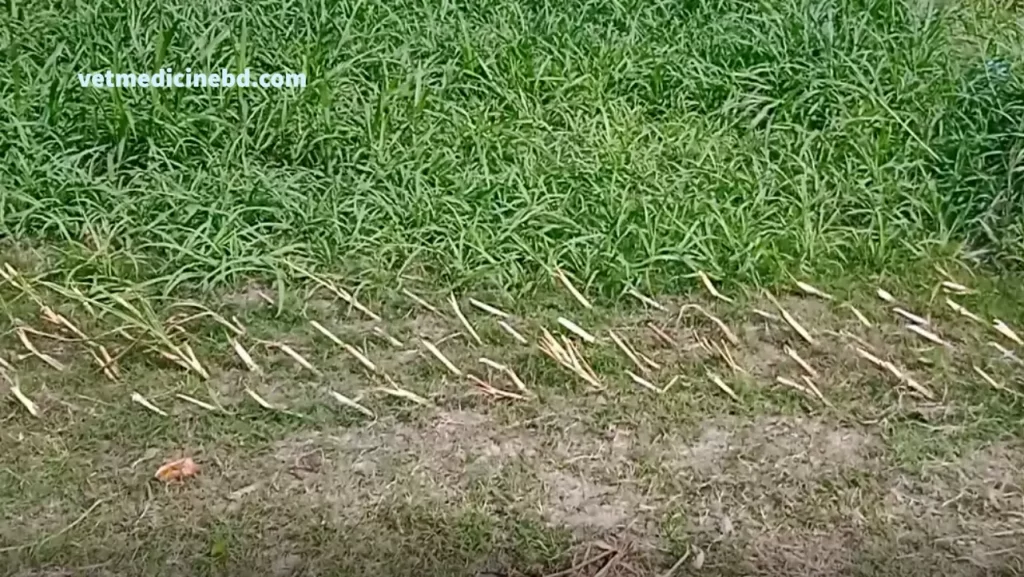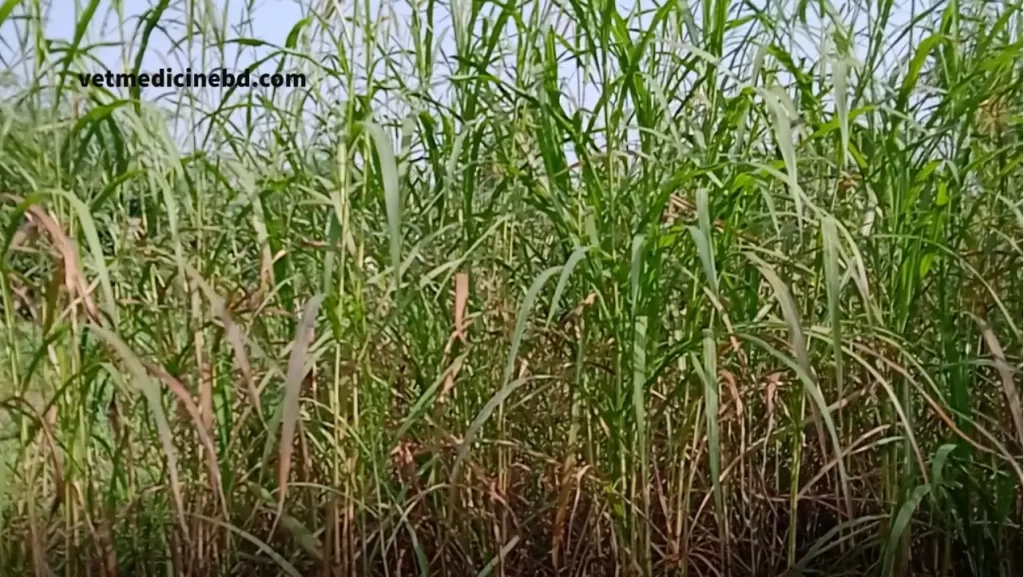Super Napier Grass / pakchong grass is a hybrid, fast growing and high yielding perennial grass. This grass is an excellent grass for cows and goats. It is a very nutritious grass. While common Napier grass contains 8-10% protein, pakchong grass / Super Napier grass contains 17-18% crude protein. It is also called hybrid napier.
A team of Thai researchers developed this special high-yielding variety of grass by culturing the tissue of the pearl buckwheat tree with the African Napier grass. This is why the grass is named after the place of pakchong in Thailand.
Table of Contents
Super Napier Grass
Super Napier Grass is a high yielding variety of grass, which can be mowed 7-8 times a year and once planted can provide high yield for 7-8 years continuously. If super napier grass is cultivated per acre of land, 180-200 metric tons of green succulent grass can be obtained annually.
By cultivating this grass in one acre of land, it is possible to easily meet the demand of raw grass for 20-22 cows and cattle farms throughout the year. By cultivating this grass on high lands, it is possible to meet the demand of raw grass for cattle throughout the year.

Benefit of super napier grass
The leaves of this super napier grass are wider, smoother and greener than ordinary napier grass. Its stems are long, juicy and thick. It is very attractive and tasty for cattle and is rich in high crude protein. super napier grass has higher nutritional and production efficiency than other Napier grasses.
Characteristics of super napier grass
- The yield is twice that of ordinary Napier grass.
- In 2 months its height is 10-12 feet.
- Grass can be cut at the age of 45-60 days.
- The amount of protein is high.
- Is delicious and sweet in nature.
Nutrition of super napier grass / Pakchang grass
| 1 | The height of the grass | 10-12 feet |
| 2 | Dry matter | 25% |
| 3 | Protein | 16% |
| 4 | Fat | 1% |
| 5 | Fiber | 26% |
| 6 | Metabolic energy | 2 megajoules / kg |
Super napier grass/ Pakchang grass cultivation method
Elevated lands where rain water or rain water does not accumulate should be selected. The land should be well cultivated with 2-4 tillage and ladder Cuttings should be collected from 90-120 day old Napier Pakchong grass.
It should be planted at a distance of 35 cm. The distance of the line should be minimum 60 cm. Cross 2 cuttings in each hole and put at 45 * angle. 6000-8000 cuttings are required per acre.
During land preparation, 15 MT of dung manure, 50 kg TSP, 25 kg MOP fertilizer and 25 kg urea fertilizer should be applied per acre.
Super napier grass cutting
21 days after planting in the cutting land, urea fertilizer should be applied at the rate of 50 kg per acre. After 21-30 days of mowing, good yield can be obtained by applying additional urea fertilizer at the rate of 50 kg per acre. Irrigation should be done after 10-15 days in dry season to get higher yield.
Pakchong grass Those of you who have a farm or are thinking of farming cannot meet the food demand and nutritional value of cows / goats without cultivating grass. You will not see any benefit in buying food. So cultivate grass before farming. I have several varieties of grass. Napier Pakchong is the most productive grass in a very short time.

Can mow in 20-25 days. Its stems are soft which cows / goats eat with this grass stem. Those of you who want to cultivate this grass contact me. If you plant this grass, you will get grass in the form of big bush in 30 days.
Caution
Toxic nitrogen accumulates in Pakchong grass after application of fertilizer to the soil. And so after application of fertilizer in the land, this grass cannot be fed to cattle for 10-15 days.
This grass cannot be fed to the animal for 2/1 days after the first rain of the year or after lightning. If grass is to be fed at this time, then after cutting the grass from the land, it should be left in the sun for one day and then fed.
You can also read- Molasses for cattle feed.


I am interested to find the amount of ash in Super Napier grass and also the amino acids content. I have been diligently looking but unable to find. If anyone has a link or know about this I would greatly appreciate.
Ron
How many cows can one acre of super Napier feed.
In the article, it is said that 22 cows can be fed with 1 acre of this grass
Thanks for comments
Hi Ron,
I am also looking for amino acid content. Did you find any source of information?
Tomas Persson
Executive Director
Pretoria
tomas@gpsolutions.co.za
+27 81 485 0949
Is it safe to feed pregnant cows with super napier grass?
Yes, this grass is safe for all kinds of cows. Also, save for pregnant cows.
Would cows be fed on anything else or super Napier is enough
Can super Napier be used for fattening rams
Yes, No problem.
Nice post
what is its amino acid profile?
Please I need packed seeds for the grass
How can I get it? I am in Abroad